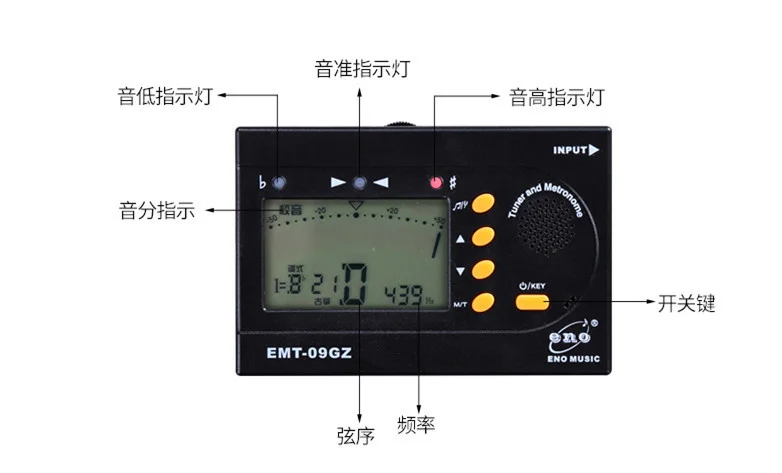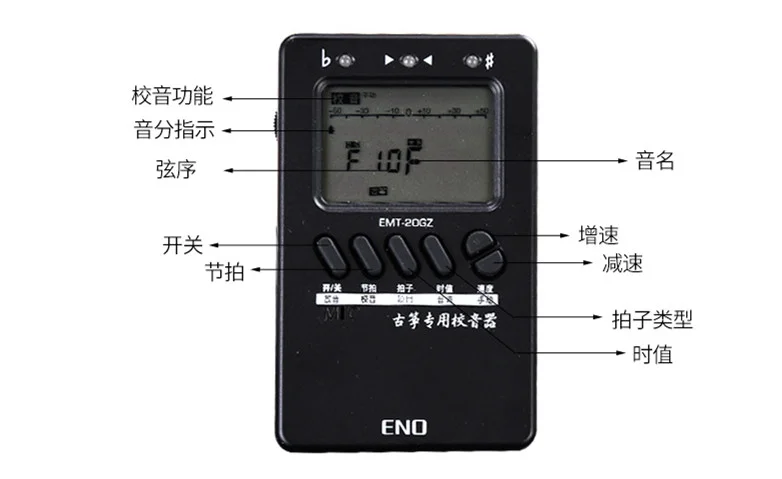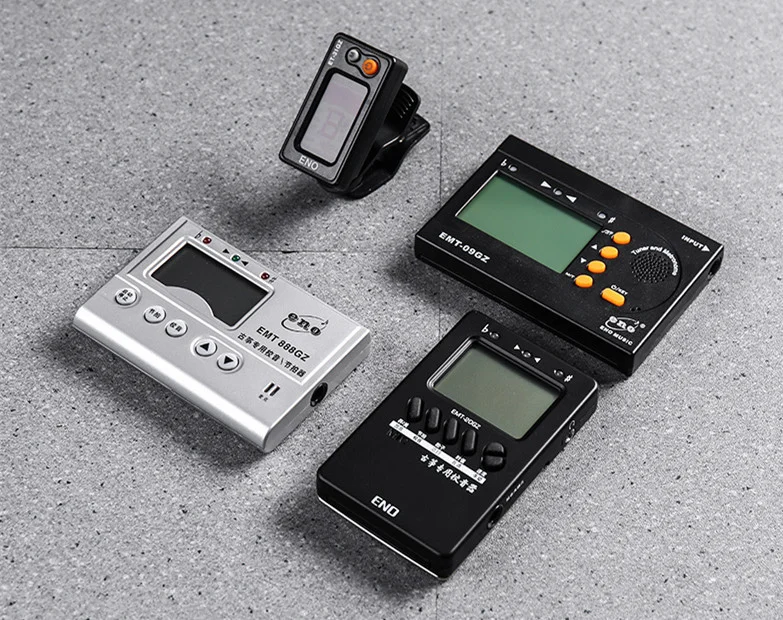Guzheng tuning methods and skills worth collecting
For people who study music, most people can still realize the importance of tuning, and only some beginners have a vague understanding. Let us say it again. So let's start with the disadvantages of inaccurate sound. Knowing the disadvantages, we will naturally know the importance. First of all, the inaccurate pitch directly affects your hearing and misleads your understanding of the correct pitch.
Anyone who learns the guzheng knows that the guzheng is a pentatonic scale. There are no "4" and "7". To play "4" and "7", the player needs to tell the left hand to cooperate and press it out. If the sound is not accurate, the player is used to With the out-of-tune "3" and "6", the pitch of the popped "4" and "7" is naturally impossible to say. Secondly, the sound is not accurate, the sound is not harmonious enough, and it is no different from noise. Listening to such a sound can easily make people feel bored, and how can they learn the guzheng well.
So how to tune the guzheng? For beginners, the concept of pitch needs further exercise, and it is recommended to use a guzheng professional tuner. It can help the player to tune quickly and get the correct pitch. When tuning, one method is to adjust the pins according to the pitch, and the other is to adjust the saddle. When choosing whether to tune the pegs or the saddles, you can follow this principle: adjust the pegs when the strings are loose, and adjust the saddles when the strings are tight.
How to use the guzheng tuner

1. The mode is converted to the corresponding mode, and the D mode is commonly used by beginners;
2. When the guzheng is in tune, the pointer points to the middle of the screen, and the number on the top of the screen corresponds to the number of strings being tuned;
3. If the pointer is towards the left of the screen and the indicator light is red, then the tone is low, otherwise the tone is high, move the bridge according to the level;
4. If you are adjusting the 8-string, and the number 9 is displayed on the screen, it means that the string is too loose, otherwise the string is too tight. Rotate the pin according to the pitch; loosen the string when turning the peg When the chord is turned, the peg should be turned in a small arc to avoid breaking the strings.

Tips for tuning the guzheng:
1. Pressing, kneading and pulling: For a new piano, the stability of the sound is not enough. During the playing process, there will be a phenomenon of running out of tone. If all the strings have been adjusted, you can press and rub the strings on the left side of the zheng code with your finger in the direction of the panel; Then re-tune, the effect will be better, can be repeated many times, the stability of the strings will be improved.

2. The tuning sequence is from the 8th string upwards, all the way to the 21st string, and then the 7654321 string, which is especially necessary for the first-time tuner. If you are just beginning to get into tuning, you cannot master the range of turning the piano nails. Just tune the first string. Excessive force can easily lead to broken strings.
3. From the 8th string down, it is best to pull the wrench to tune after lifting the string. Because the strings after the 8th string are very thin, if you use too much force, the strings are easy to break.
 渝公网安备 50010702504639号
渝公网安备 50010702504639号